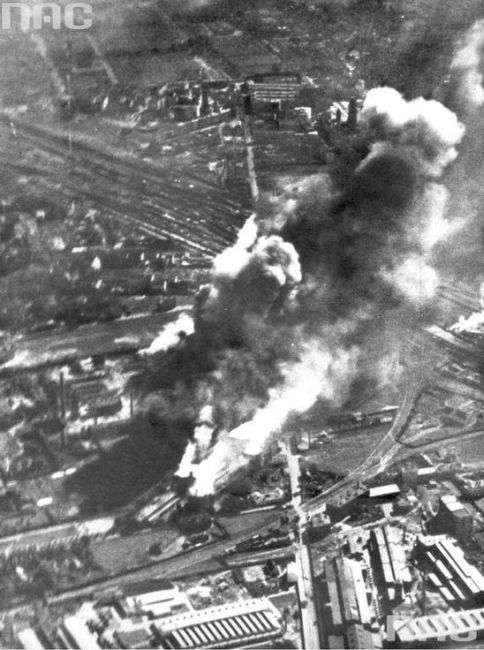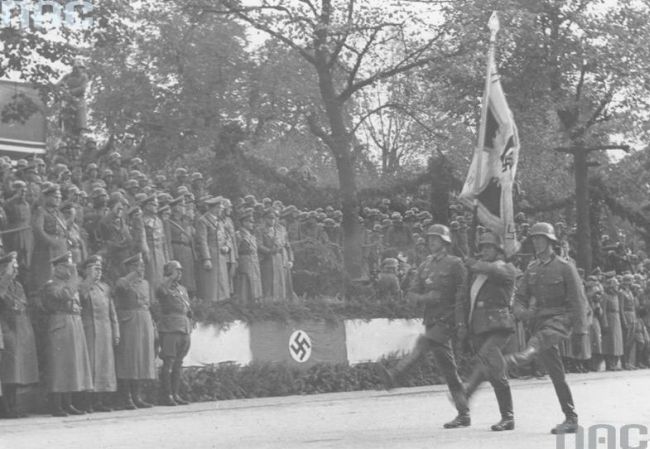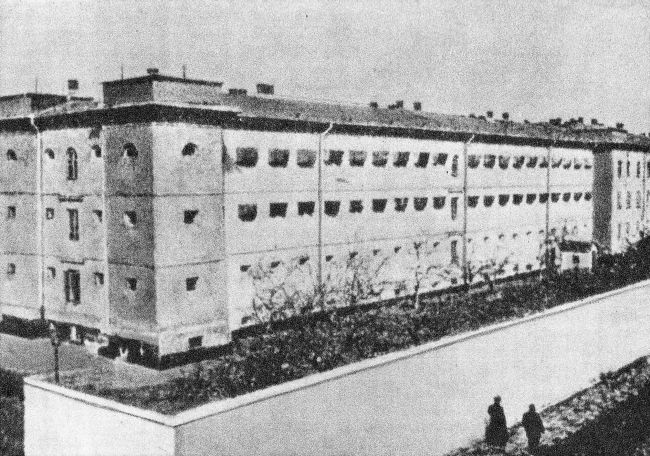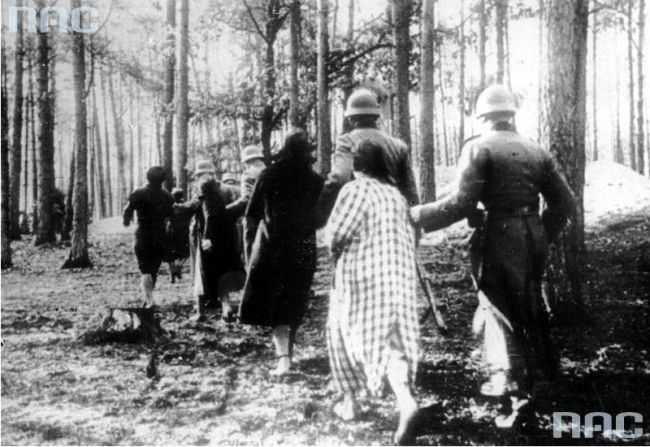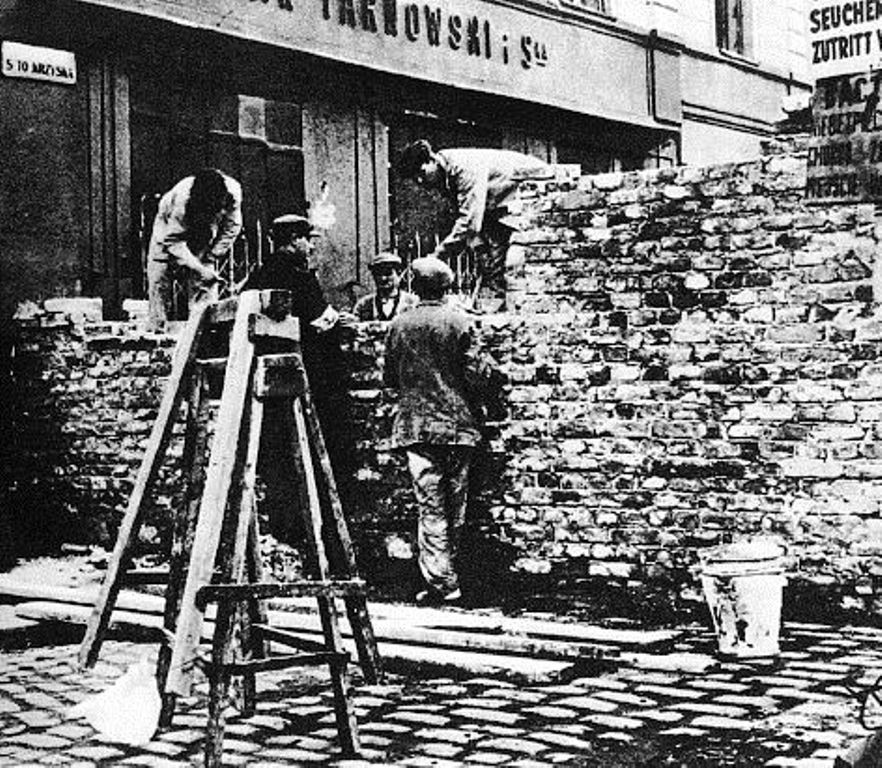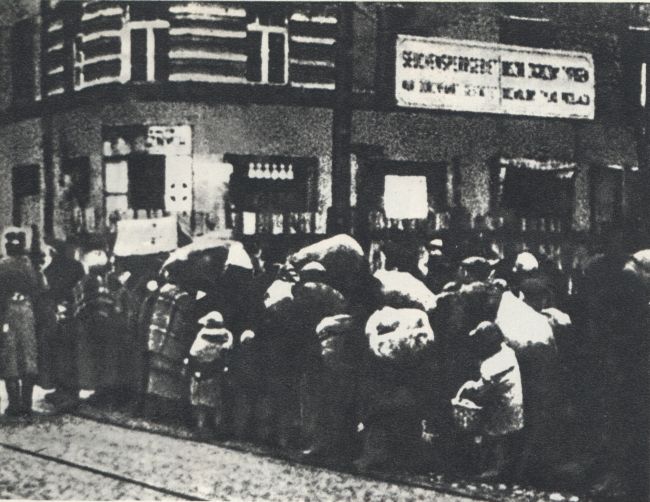Only in September 1939 German aerial and artillery bombing left 75,000 of the Polish capital’s inhabitants dead or severely wounded. Moreover, 6,000 soldiers were killed defending the city. In that month 12% of the buildings were destroyed, including many hospitals, schools, libraries, museums and other cultural institutions.
Already in the first days of the occupation, the German security police conducted numerous searches and arrests in Warsaw. Some of those arrested were murdered, while the rest were held for several months in prison before being deported to concentration camps.
In the years 1939‒44 German terror affected many thousands of people in Warsaw and was inflicted in various forms. The most frequent of these were:
- mass street roundups,
- searches and arrests,
- mass secret and public executions,
- deportations to concentration camps.
In October 1940, following the orders of the Warsaw District Governor Ludwig Fischer, a Jewish ghetto was established inside the city. In subsequent months many of its over 450,000 Jewish inhabitants died of hunger, cold and diseases. In mid-1942 the remaining inhabitants started being systematically shipped to the death camp in Treblinka. Later, after the Ghetto Uprising in April 1943, the last of the Jews were murdered or deported to concentration camps, whereas the ghetto buildings were demolished.
For the Poles, in turn, the symbol of German oppression in Warsaw were the headquarters of the commander of the Warsaw District security police and security service (Der Kommandeur Sipo u. des SD für den Distrikt Warschau) at No. 25 Szucha Avenue. Arrested people and prisoners were taken there to be interrogated and held in basement cells, sometimes for several weeks. During the interrogations they were subjected to physical torture, regardless of age or sex frequently resulting in terrible injuries and even death.
A particular role in the apparatus of terror was played by the prison at 24 Dzielna Street, known as Pawiak with a section for women called Serbia. In April 1940 it became the only concentration centre for the detention of political prisoners in Warsaw as well as the entire Warsaw District. From October 1939 to August 1944 it held around 100,000 prisoners, of whom some 37,000 were executed and around 60,000 were sent to concentration camps: 13,000 to Auschwitz, whereas the rest to other camps, such as Gross-Rosen, Stutthof, Buchenwald and Ravensbrück.



